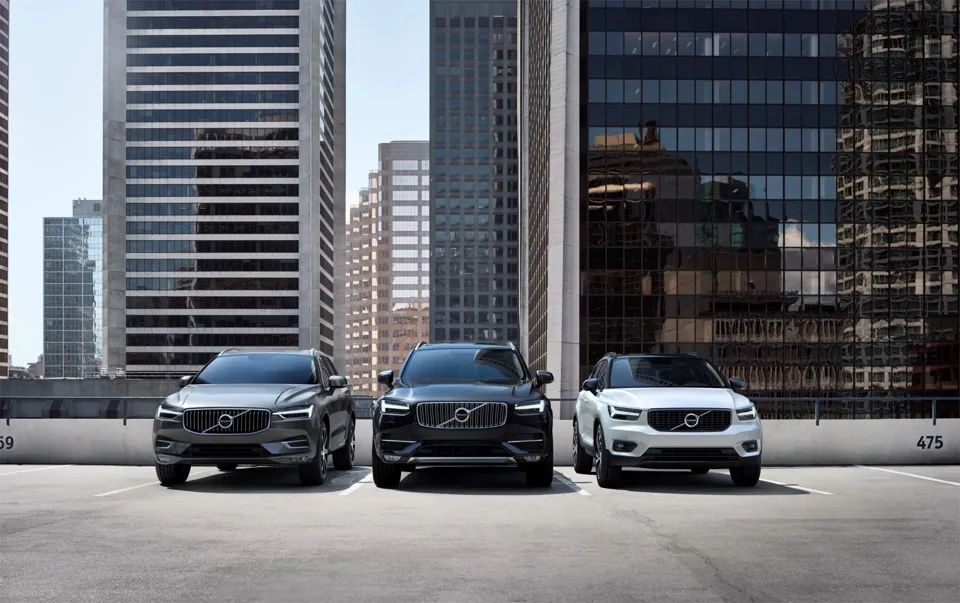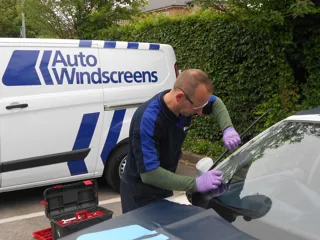Volvo Car UK is recommending that Volvo drivers use its technicians and windscreens to maintain vehicle safety standards.
The manufacturer ‘s safety vision is that no-one should be killed or seriously injured in a new Volvo car by 2020, and says the more advanced its safety functions become, the more critical it is that replacement parts have the right characteristics.
A spokesman said: “A Volvo genuine windscreen is manufactured to the same specifications as the windscreen originally assembled in the car and offers perfect fit, exact tolerances and maximum precision.
“Aftermarket alternatives that don’t meet these exact specifications may affect the car’s passive safety technology as well as active safety functions such as City Safety.”
Earlier this year, Rupert Armitage, managing director of Auto Windscreens, warned that an increasing number of vehicles fitted with ADAS are “an accident waiting to happen” following a windscreen replacement.
He said this is because of some 'dangerous' practices currently being used in the industry which he says includes aftermarket tools, use of non-OEM parts or even not recalibrating at all in some cases.
Armitage made his warning after a driver in Canada claimed that his vehicle started pulling him into oncoming traffic as a result of his car's sensors not being recalibrated after a new screen was fitted.
Windscreen is a ‘critical component’
Volvo says a secure way to preserve the safety, performance and integrity is to use Volvo genuine parts and technicians because:
- The windscreen is a critical component for the structural strength of the car’s body. Using Volvo-specified adhesives will bond the windscreen to the same strength as when the car was assembled in the factory.
- The windscreen is vital for the function of about 20 safety systems. This is due to the ASDM (Active Safety Domain Master) located inside the upper edge of the windscreen. The camera and radar in the ASDM are used together or individually to enable the safety functions to operate, and they are sensitive to the optical and geometric tolerances, glass thickness and mass of the windscreen. The safety system’s software is fine-tuned for each windscreen variant and demands extremely stringent optical tolerances to function as intended. Using aftermarket variants that don’t meet Volvo Cars’ stringent specifications may compromise the function of the systems.
- Cars with a graphic head-up display (HUD) are equipped with a specially engineered windscreen to achieve a good-quality projected image. The inside and outside of the windscreen are not parallel but angled towards each other, so the windscreen is slightly thicker at the upper edge than at the lower edge. Installing the wrong type of windscreen will result in double images of the projected information.
- After a windscreen replacement, it is necessary to calibrate the camera and radar unit (ASDM) to ensure the safety systems function correctly. This is done using a special tool and activation via Volvo Cars’ branded diagnostics system. Replacing the windscreen should always be done by Volvo-trained technicians using Volvo methods and all the necessary components and systems to ensure that everything is put back in working order.





















Login to comment
Comments
No comments have been made yet.